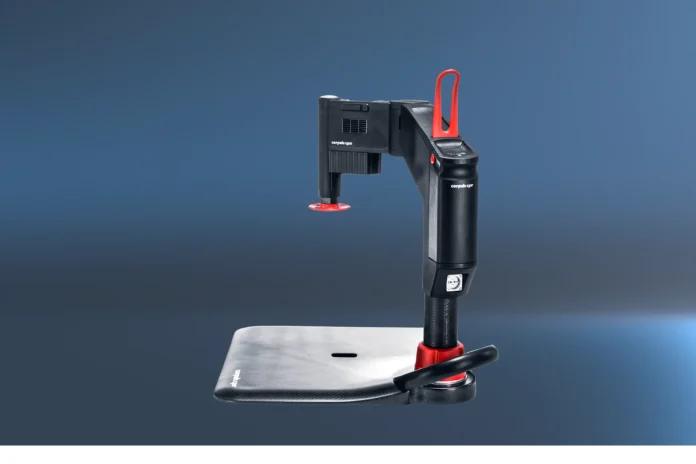Cardiac arrest is a scary scenario, with precious seconds ticking by between life and death. In these critical moments, every action counts, and the effectiveness of cardiopulmonary resuscitation (CPR) can significantly impact the outcome of this scenario. While manual CPR remains a foundational life-saving technique, advancements in medical technology have introduced sophisticated tools like the corpuls CPR, a mechanical chest compression device changing resuscitation efforts.
A Closer Look at the Corpuls CPR
Imagine a device that tirelessly delivers high-quality chest compressions, consistently maintaining optimal depth and frequency, regardless of rescuer fatigue or limitations. That’s the spirit behind the creation of the corpuls. This innovative technology contains several key features:
- Single-arm design:
Unlike bulky, closed-frame chest compression devices, the corpuls CPR features a single, flexible arm. This provides transparent access to the patient’s chest, facilitating other critical interventions like ventilation and defibrillation.
- Automatic compressions:
With the flick of a switch, the corpuls takes over, delivering consistent and precise chest compressions, freeing up rescuers to focus on other lifesaving measures.
- Adjustable pressure and frequency:
Customizing chest compressions to individual needs is essential. The corpuls CPR allows adjusting pressure depth (2-6 cm) and frequency (80-120 compressions per minute) to suit different patient sizes and conditions.
- Real-time feedback:
Visual and audible indicators inform rescuers about compression depth, ensuring optimal performance and results.
- Radio Transparency:
X-ray and CT scans are often necessary during resuscitation. The corpuls CPR’s radio transparent materials enable precise imaging, eliminating the need for device removal during diagnostic procedures.
- Adaptability:
The corpuls CPR can be adjusted from newborns to adults to fit a wide range of patient sizes and chest contours.
Benefits Beyond the Mechanical
The advantages of the corpuls CPR extend far beyond its technical capabilities. Here’s how it impacts the entire resuscitation process:
- Improved survival rates:
Studies have shown that mechanical chest compression devices like the corpuls can increase survival rates in cardiac arrest cases compared to manual CPR alone.
- Reduced rescuer fatigue:
Manual CPR is physically demanding, and fatigue can compromise the quality of chest compressions. The corpuls CPR takes over the physically tricky task, allowing rescuers to maintain focus and energy for vital interventions.
- Increased consistency:
Consistent, high-quality chest compressions are essential for optimal blood flow during resuscitation. The corpuls CPR eliminates human error and fatigue-related inconsistencies, ensuring consistent delivery of effective reductions.
- Improved team dynamics:
With the corpuls handling chest compressions, rescuers can work collaboratively, focusing on other tasks like airway management, medication administration, and monitoring vital signs. This coordinated approach leads to better overall management of the resuscitation effort.
The Future of Resuscitation
The corpuls represents a significant step forward in emergency medicine, providing a reliable and effective tool for improving patient outcomes during cardiac arrest. While further research is ongoing, new studies support the integration of mechanical chest compression devices like the corpuls into standard resuscitation protocols. As technology advances and devices become more refined, we can expect the corpuls CPR and similar tools to play an increasingly vital role in saving people’s lives.
The corpuls CPR is not just a medical device; it works as a guardian angel in the fight against cardiac arrest. Its ability to deliver consistent, high-quality chest compressions, joined with its ease of use and adaptability, makes it a valuable asset for emergency medical teams. As research continues and technology evolves in the medical field, the corpuls stands to revolutionize resuscitation efforts, offering hope and a fighting chance for those facing the most critical moments of their lives.
Disclaimer: It is important to note that the corpuls is a medical device and should only be used by trained medical professionals. This article is for informational purposes only and should not be construed as medical advice.



